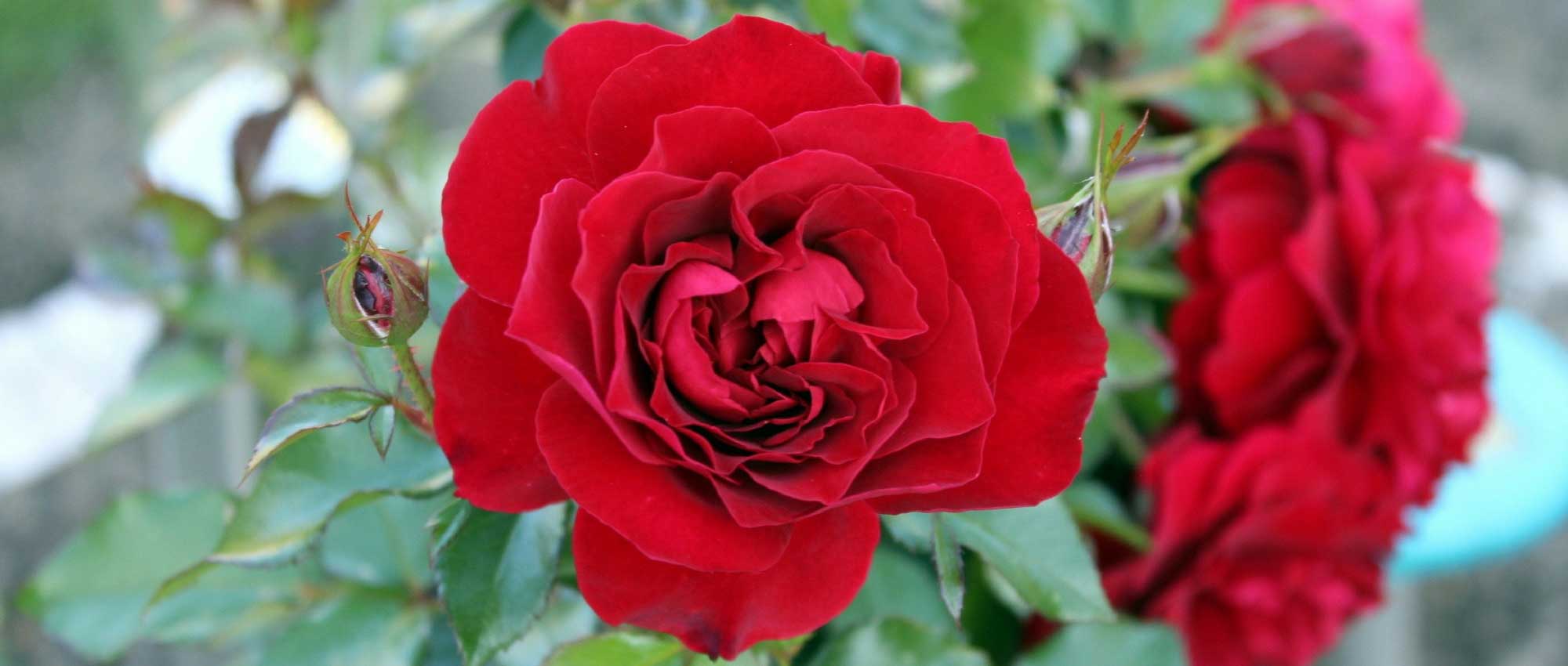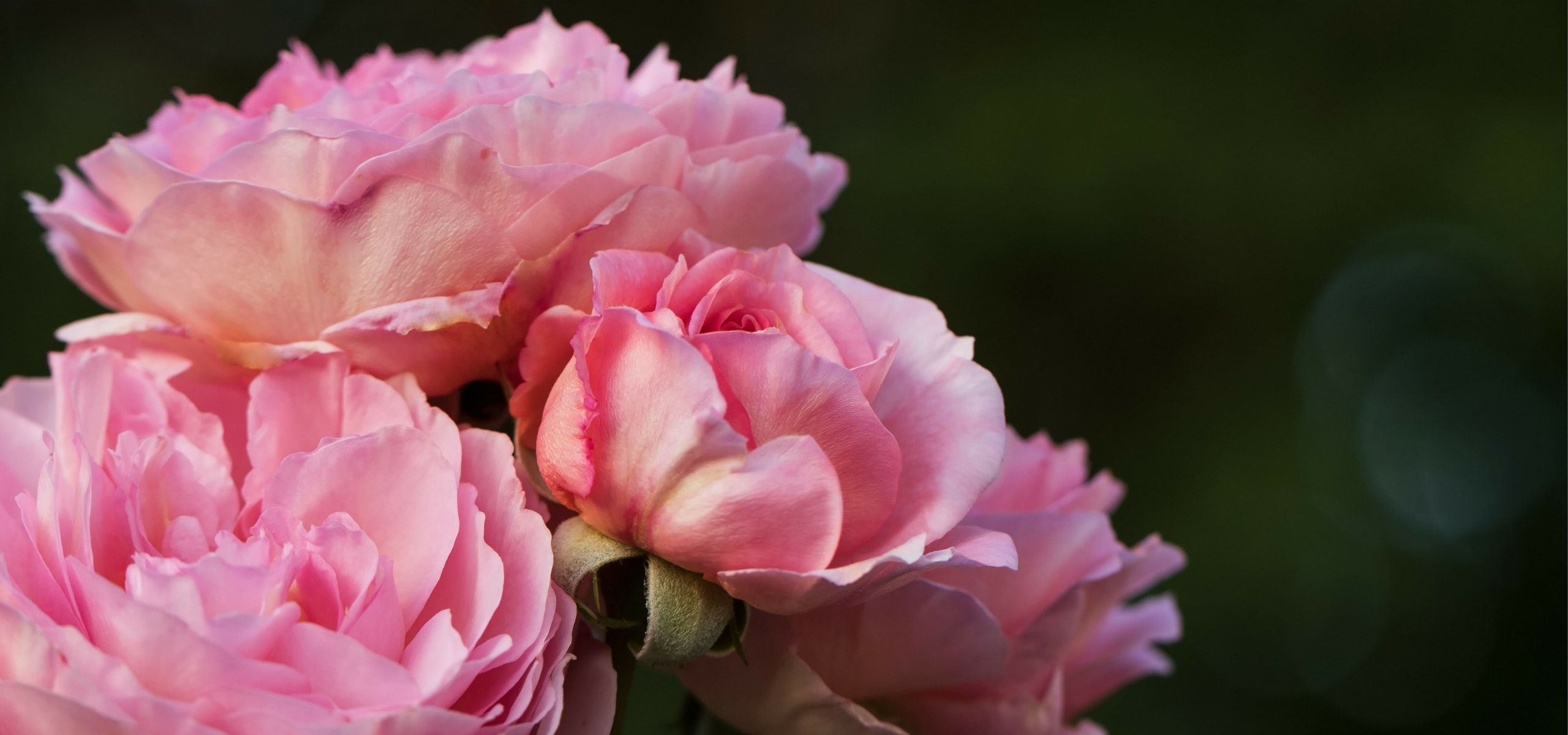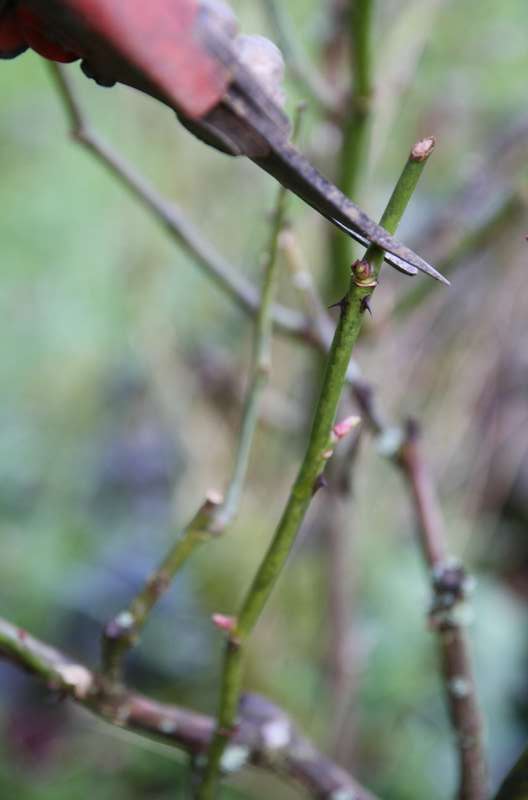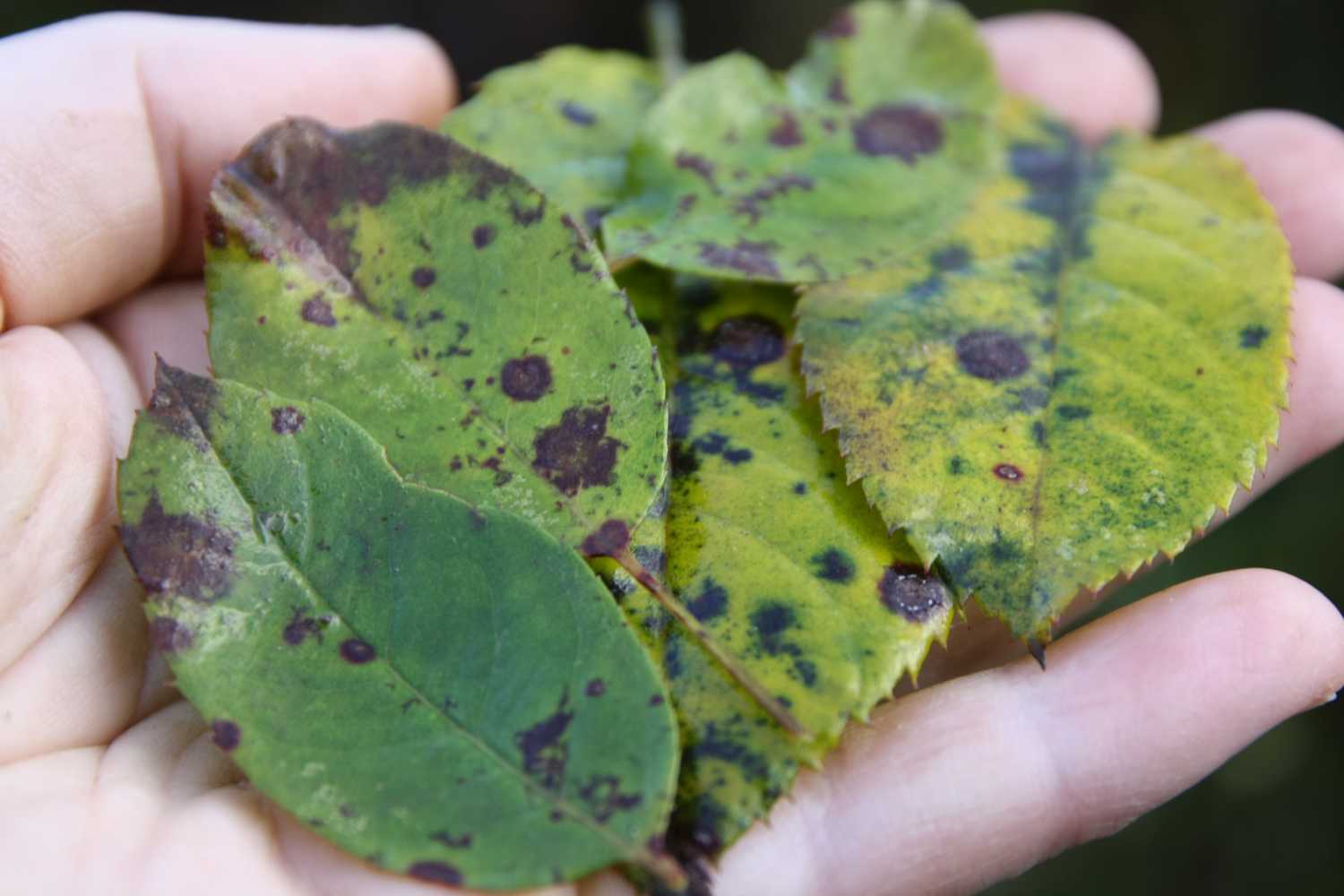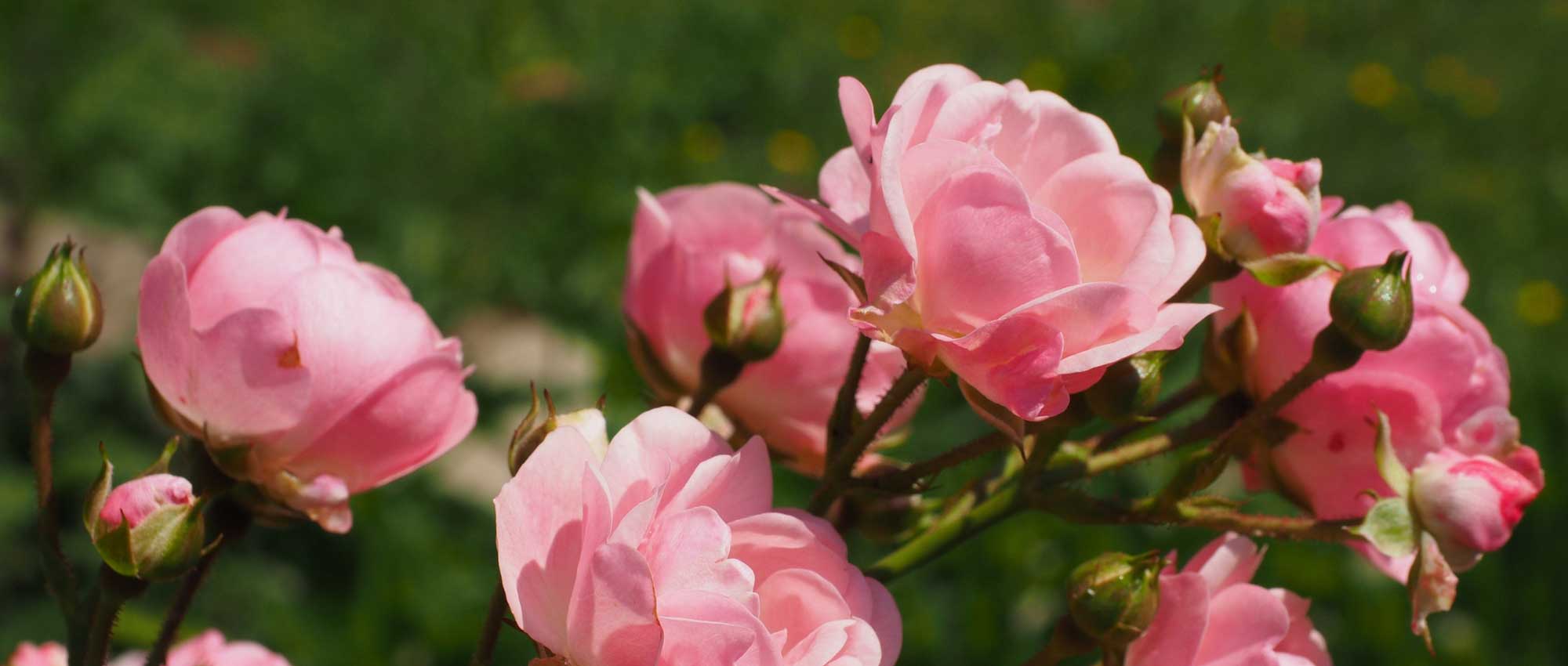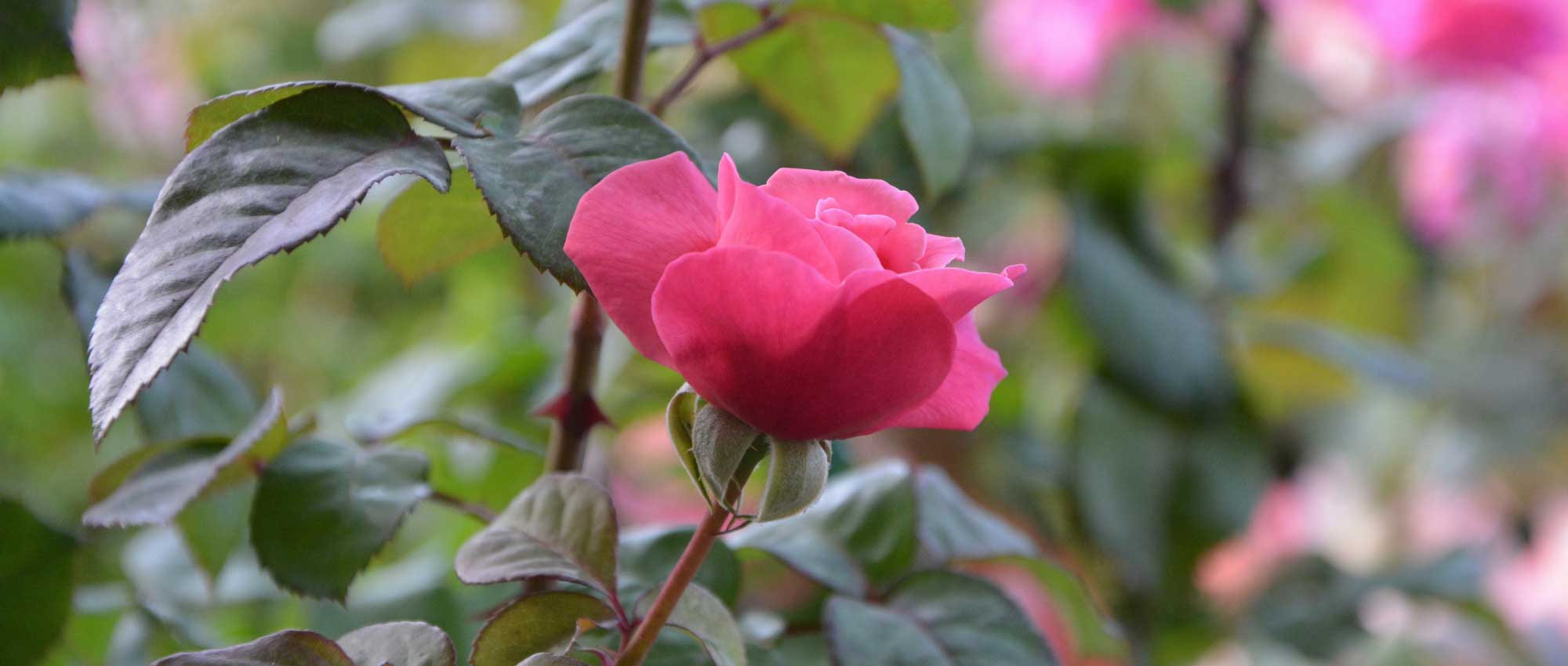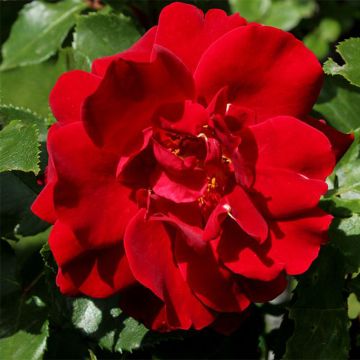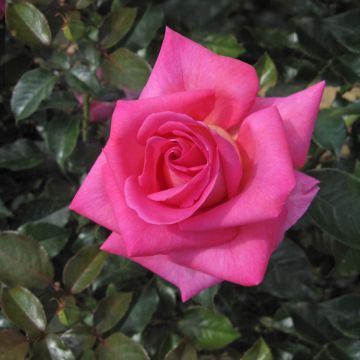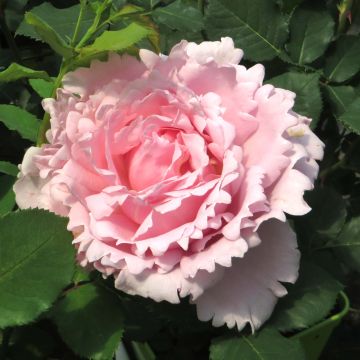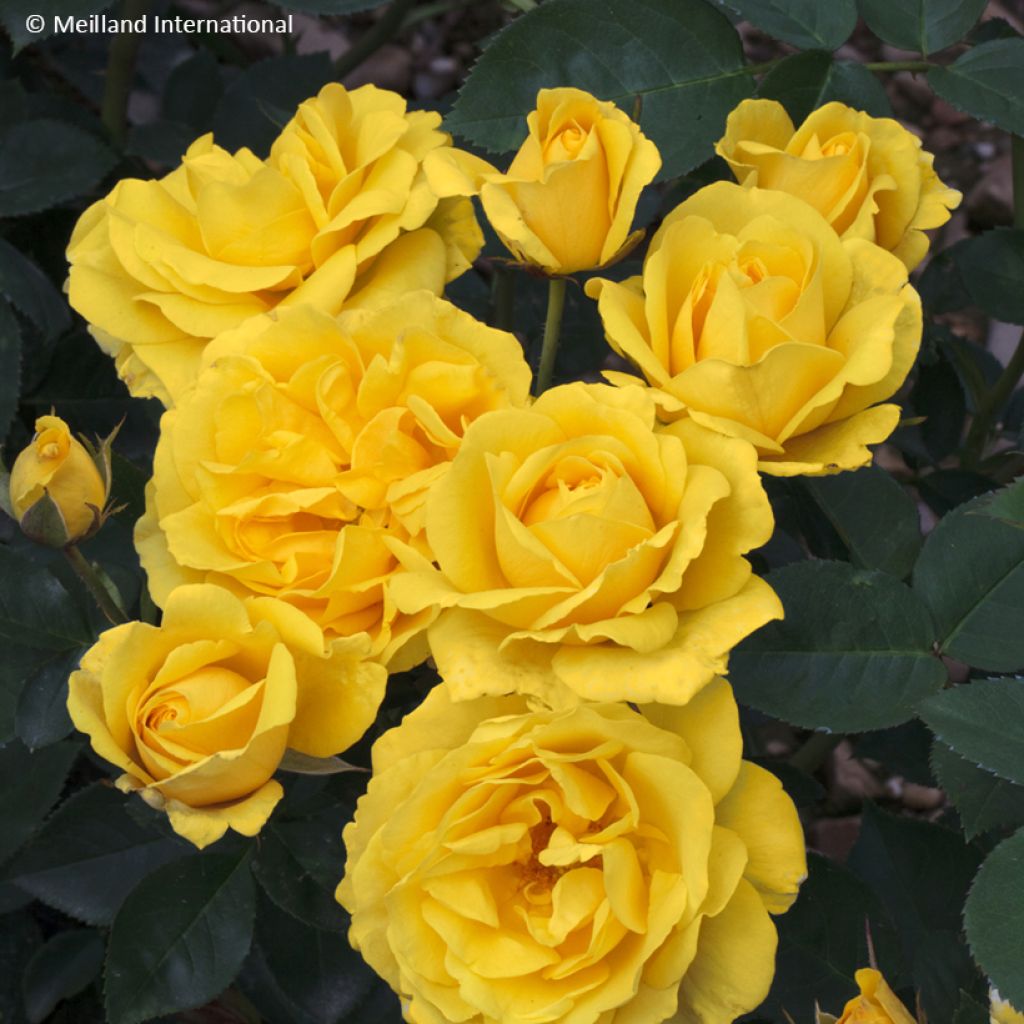

Rosa floribunda Carte d'Or - Floribunda Rose
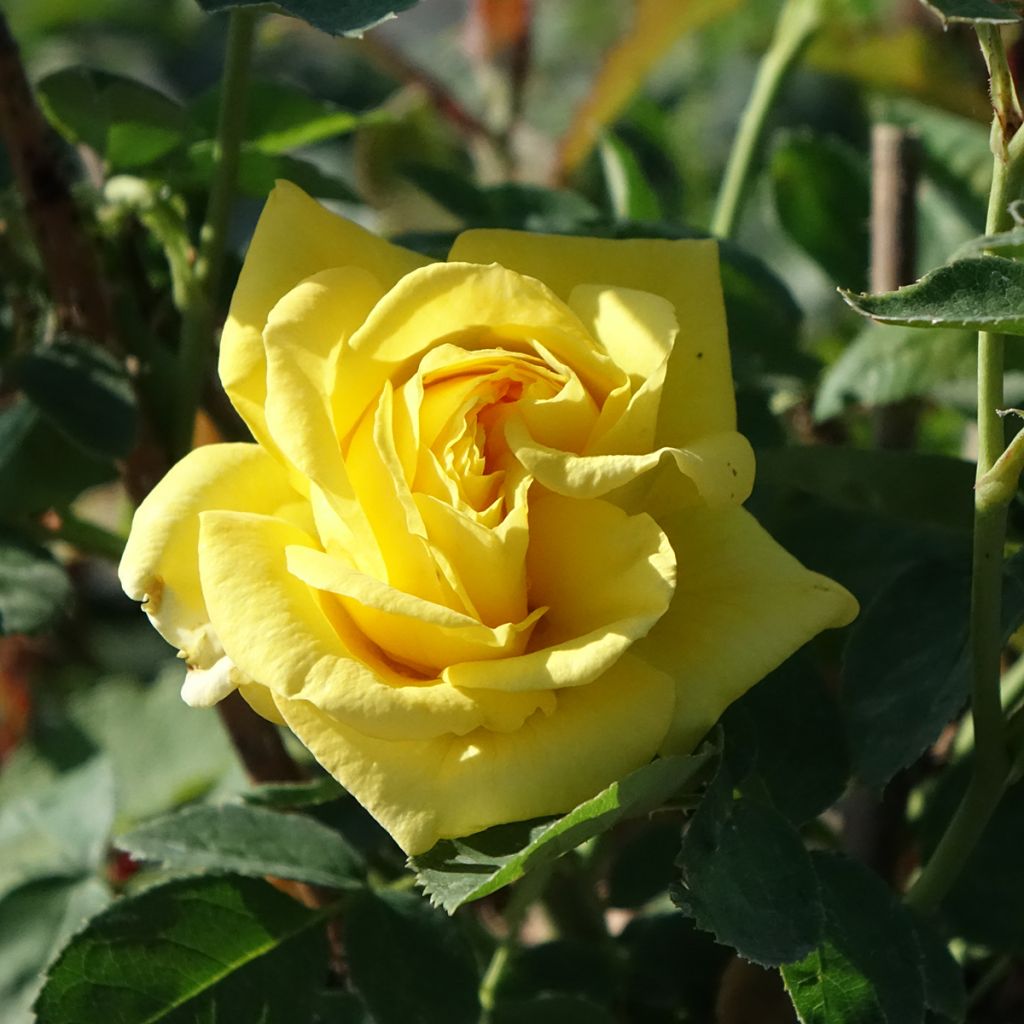

Rosa floribunda Carte d'Or - Floribunda Rose
Rosa floribunda Carte d'Or - Floribunda Rose
Rosa 'Meidresia' CARTE D'OR®
Floribunda Rose
Special offer!
Receive a €20 voucher for any order over €90 (excluding delivery costs, credit notes, and plastic-free options)!
1- Add your favorite plants to your cart.
2- Once you have reached €90, confirm your order (you can even choose the delivery date!).
3- As soon as your order is shipped, you will receive an email containing your voucher code, valid for 3 months (90 days).
Your voucher is unique and can only be used once, for any order with a minimum value of €20, excluding delivery costs.
Can be combined with other current offers, non-divisible and non-refundable.
Home or relay delivery (depending on size and destination)
Schedule delivery date,
and select date in basket
We guarantee the quality of our plants for a full growing cycle, and will replace at our expense any plant that fails to recover under normal climatic and planting conditions.

Description
The Carte d’Or® 'Meidresia' Rose is a cluster-flowering rose distinguished by its abundant and luminous blooms. Its pure, vibrant yellow roses retain their intensity throughout the season. Their light and delicate fragrance adds a subtle touch to its ornamental appeal. With a bushy habit and balanced structure, it forms a well-ramified bush of modest size. This particularly disease-resistant rose is suitable for borders, beds, or container cultivation, offering tireless flowering from spring until the first frosts.
Originating from Meilland Richardier's selections, the Carte d’Or® 'Meidresia' Rose belongs to the Rosaceae family and the floribunda category, the result of hybridisations between polyantha roses and hybrid teas, renowned for their abundant and clustered flowering in dense inflorescences. The 'Meidresia' forms a well-ramified bush reaching 65 to 75 cm in height and 40 to 50 cm in spread. Arranged in inflorescences of 2 to 5 blooms, the beautifully turbinate double flowers feature a velvety texture and excellent holding. With a diameter of 9 cm, they are formed of approximately 37 petals. The flowering is continuous, producing a constant renewal of flower buds from early summer to autumn. Its glossy dark green foliage elegantly contrasts with its luminous flowers, enhancing its decorative effect. Its compact bushy habit and homogeneous branching make it easy to integrate into various garden designs. Resistant to common rose diseases, it does not require any phytosanitary treatments, making it suitable for low-maintenance gardens. Its sturdy stems withstand variable climatic conditions well, ensuring excellent longevity and a harmonious development through the seasons.
The Carte d’Or® 'Meidresia' Rose thrives in full sun, ideally in rich, well-drained, and deep soil, but it tolerates different soil types such as clay, limestone, sandy, or humus-bearing, as long as they are well-drained. Light annual pruning in late winter will promote abundant flowering and a balanced structure. Ideal for beds and borders, it can also finds its place in containers on a patio or balcony where its compact habit and luminous flowers will add an elegant touch. Paired with perennials in blue or purple hues such as lavender or sage, it will creates a striking contrast while attracting pollinators. Achieve stunning borders by mixing your landscape roses. It will also integrate perfectly with beds of light or opulent perennials such as hardy geraniums, catmints, snapdragons, or Stachys with grey foliage.
Rosa floribunda Carte d'Or - Floribunda Rose in pictures


Plant habit
Flowering
Foliage
Botanical data
Rosa
'Meidresia' CARTE D'OR®
Rosaceae
Floribunda Rose
Rosa CARTE D'OR
Cultivar or hybrid
Planting and care
To plant your Meidresia rose, prepare the soil by digging a 25 cm cube, breaking up the earth well and adding a base fertiliser such as dried blood or dehydrated horn meal at the bottom of the planting hole. Place your plant after removing it from its pot, covering the top of the root ball with 3 cm of soil. Backfill and water thoroughly to eliminate any air pockets. In dry weather, water regularly for a few weeks to encourage root development. Also consider feeding your rose with a special rose fertiliser to stimulate flowering.
Roses often develop spots or look unsightly by late summer, but this does not affect their growth. These spots are not harmful to the plant; it's a natural phenomenon. Follow all our advice to address this issue and read our article: Help: My Roses Have Spots
Planting period
Intended location
Care
Planting & care advice
This item has not been reviewed yet - be the first to leave a review about it.
Similar products
Haven't found what you were looking for?
Hardiness is the lowest winter temperature a plant can endure without suffering serious damage or even dying. However, hardiness is affected by location (a sheltered area, such as a patio), protection (winter cover) and soil type (hardiness is improved by well-drained soil).

Photo Sharing Terms & Conditions
In order to encourage gardeners to interact and share their experiences, Promesse de fleurs offers various media enabling content to be uploaded onto its Site - in particular via the ‘Photo sharing’ module.
The User agrees to refrain from:
- Posting any content that is illegal, prejudicial, insulting, racist, inciteful to hatred, revisionist, contrary to public decency, that infringes on privacy or on the privacy rights of third parties, in particular the publicity rights of persons and goods, intellectual property rights, or the right to privacy.
- Submitting content on behalf of a third party;
- Impersonate the identity of a third party and/or publish any personal information about a third party;
In general, the User undertakes to refrain from any unethical behaviour.
All Content (in particular text, comments, files, images, photos, videos, creative works, etc.), which may be subject to property or intellectual property rights, image or other private rights, shall remain the property of the User, subject to the limited rights granted by the terms of the licence granted by Promesse de fleurs as stated below. Users are at liberty to publish or not to publish such Content on the Site, notably via the ‘Photo Sharing’ facility, and accept that this Content shall be made public and freely accessible, notably on the Internet.
Users further acknowledge, undertake to have ,and guarantee that they hold all necessary rights and permissions to publish such material on the Site, in particular with regard to the legislation in force pertaining to any privacy, property, intellectual property, image, or contractual rights, or rights of any other nature. By publishing such Content on the Site, Users acknowledge accepting full liability as publishers of the Content within the meaning of the law, and grant Promesse de fleurs, free of charge, an inclusive, worldwide licence for the said Content for the entire duration of its publication, including all reproduction, representation, up/downloading, displaying, performing, transmission, and storage rights.
Users also grant permission for their name to be linked to the Content and accept that this link may not always be made available.
By engaging in posting material, Users consent to their Content becoming automatically accessible on the Internet, in particular on other sites and/or blogs and/or web pages of the Promesse de fleurs site, including in particular social pages and the Promesse de fleurs catalogue.
Users may secure the removal of entrusted content free of charge by issuing a simple request via our contact form.
The flowering period indicated on our website applies to countries and regions located in USDA zone 8 (France, the United Kingdom, Ireland, the Netherlands, etc.)
It will vary according to where you live:
- In zones 9 to 10 (Italy, Spain, Greece, etc.), flowering will occur about 2 to 4 weeks earlier.
- In zones 6 to 7 (Germany, Poland, Slovenia, and lower mountainous regions), flowering will be delayed by 2 to 3 weeks.
- In zone 5 (Central Europe, Scandinavia), blooming will be delayed by 3 to 5 weeks.
In temperate climates, pruning of spring-flowering shrubs (forsythia, spireas, etc.) should be done just after flowering.
Pruning of summer-flowering shrubs (Indian Lilac, Perovskia, etc.) can be done in winter or spring.
In cold regions as well as with frost-sensitive plants, avoid pruning too early when severe frosts may still occur.
The planting period indicated on our website applies to countries and regions located in USDA zone 8 (France, United Kingdom, Ireland, Netherlands).
It will vary according to where you live:
- In Mediterranean zones (Marseille, Madrid, Milan, etc.), autumn and winter are the best planting periods.
- In continental zones (Strasbourg, Munich, Vienna, etc.), delay planting by 2 to 3 weeks in spring and bring it forward by 2 to 4 weeks in autumn.
- In mountainous regions (the Alps, Pyrenees, Carpathians, etc.), it is best to plant in late spring (May-June) or late summer (August-September).
The harvesting period indicated on our website applies to countries and regions in USDA zone 8 (France, England, Ireland, the Netherlands).
In colder areas (Scandinavia, Poland, Austria...) fruit and vegetable harvests are likely to be delayed by 3-4 weeks.
In warmer areas (Italy, Spain, Greece, etc.), harvesting will probably take place earlier, depending on weather conditions.
The sowing periods indicated on our website apply to countries and regions within USDA Zone 8 (France, UK, Ireland, Netherlands).
In colder areas (Scandinavia, Poland, Austria...), delay any outdoor sowing by 3-4 weeks, or sow under glass.
In warmer climes (Italy, Spain, Greece, etc.), bring outdoor sowing forward by a few weeks.






























